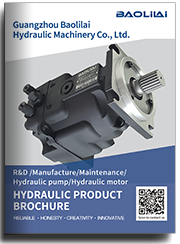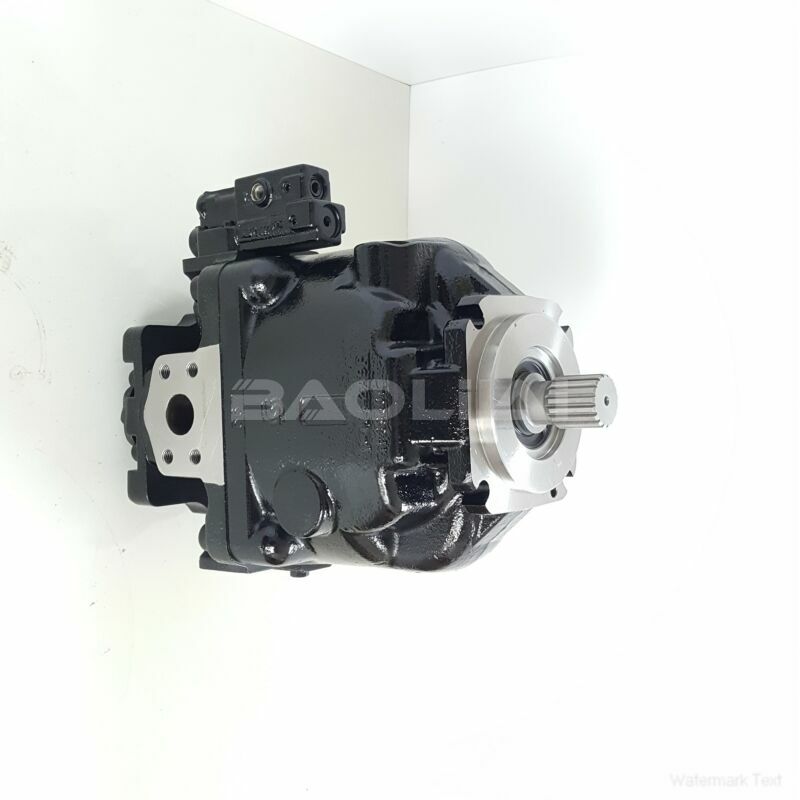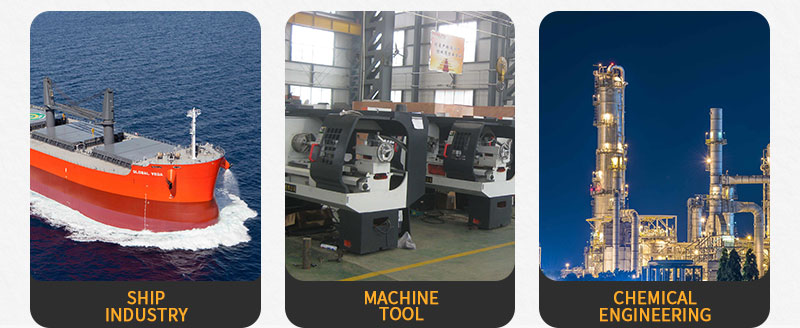ERR100BLB2520NNN3K5CPA1NNNNNNNNNN hydraulic pump
ERR100BLB2520NNN3K5CPA1NNNNNNNNNN hydraulic pump

- Product Details
- Applicable Scene
After identifying the potential causes, the next step is to implement effective solutions:
ER-R-100B-LB-25-20-NN-N-3-K5CP-A1N-NNN-NNN-NNN
ERR100BLB2520NNN3K5CPA1NNNNNNNNNN
Regular Maintenance: Establish a routine maintenance schedule that includes checking for leaks, replacing filters, inspecting components, and monitoring fluid levels. Proactive maintenance can prevent pressure loss before it occurs.

83013061
Use Quality Components: Invest in high-quality hydraulic components that are designed for your specific application. Reliable parts are less likely to fail and contribute to pressure loss.
Monitor System Performance: Use pressure gauges and flow meters to continuously monitor system performance. This allows for real-time detection of pressure drops, enabling quick action to remedy the situation.
Adjust System Design: In some cases, the design of the hydraulic system may need tweaking to reduce pressure loss. Ensure that the piping layout is as direct as possible and avoid unnecessary bends or restrictions that can impede flow.
Temperature Management: Implement cooling systems to control the temperature of hydraulic fluid within the optimal range. Consider using heat exchangers or oil coolers as necessary to maintain ideal operational conditions.
In conclusion, pressure loss in hydraulic pumps can hinder the performance of hydraulic power units, but with regular maintenance, proper component selection, and vigilant monitoring, these issues can be effectively resolved. By understanding the root causes and applying appropriate solutions, operators can ensure their hydraulic systems operate efficiently and reliably, leading to increased productivity and reduced downtime.





